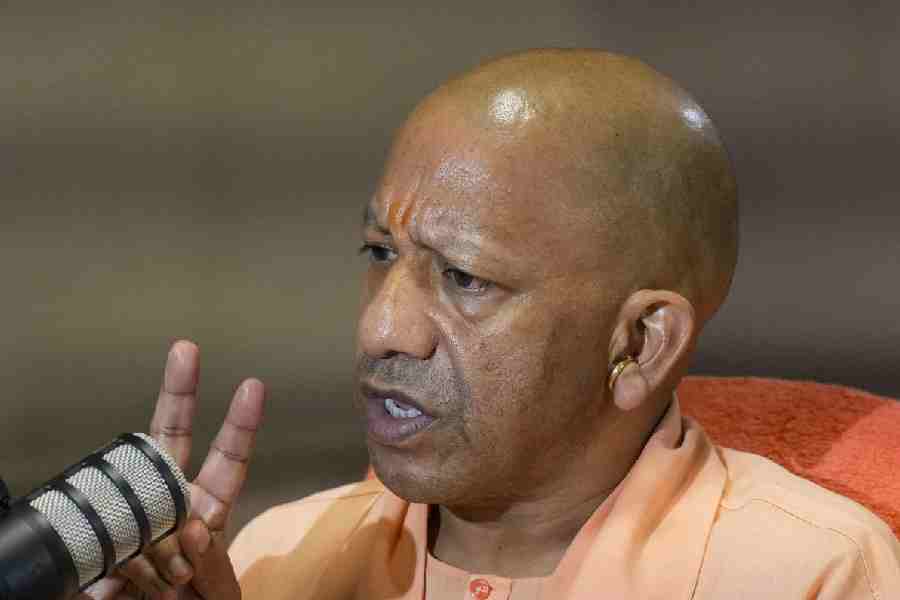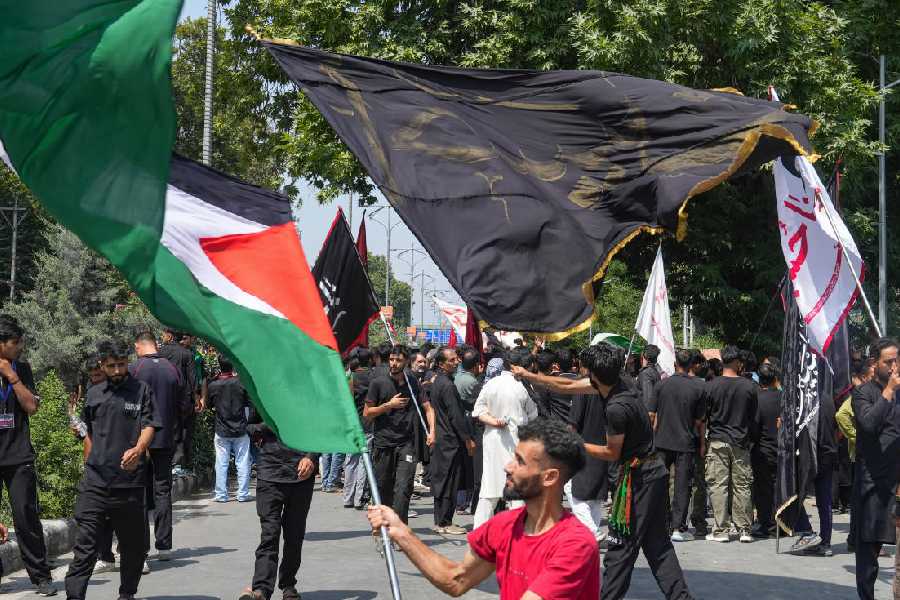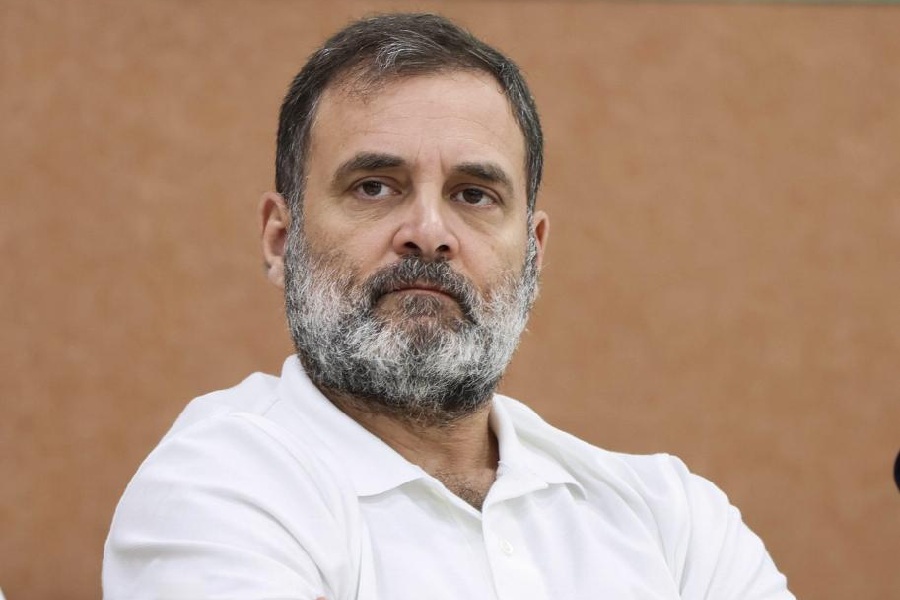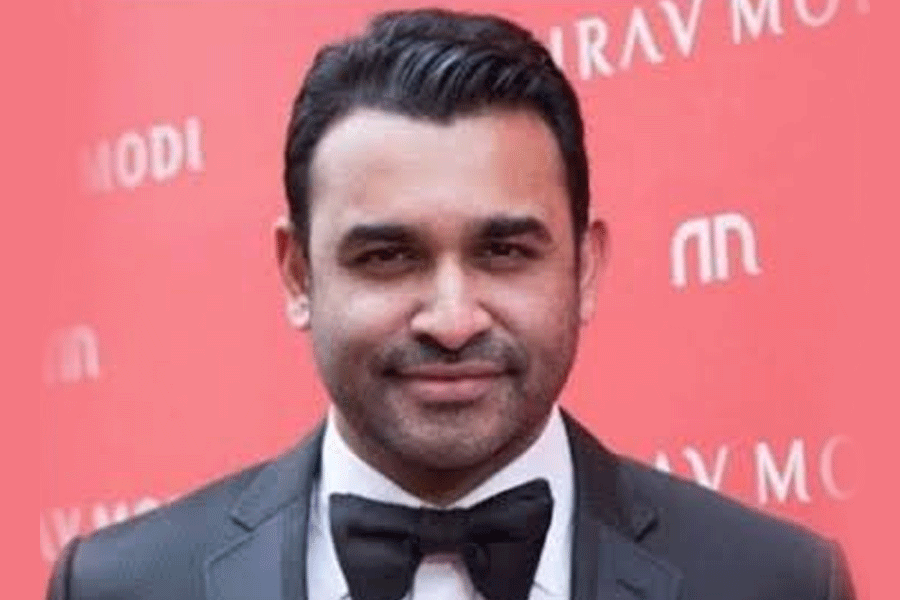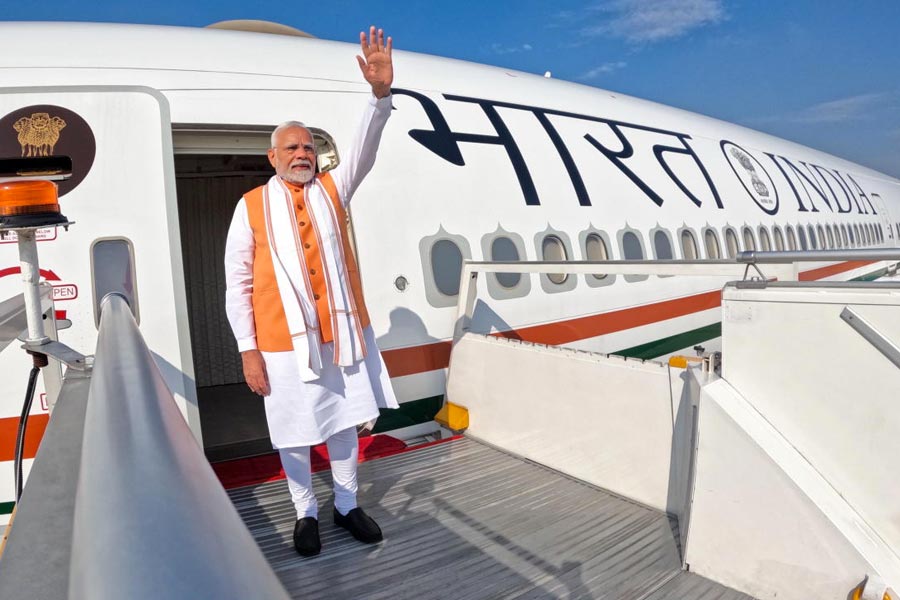 |
| Sandeep Poundrik. Picture by Deepak Kumar |
Sandeep Poundrik is up to what the state has not witnessed since Independence 66 years ago: power to every home by 2015. The 1993-batch IAS officer was handpicked by the chief minister for fulfilling his dream, and political promise, to provide power to everyone else he would not seek a third term. Poundrik, also an electrical engineer, now holds the dual charges of energy secretary and chairman-cum-managing director of Bihar State Power (Holding) Company Limited. In a tête-à-tête with Sanjeev Kumar Verma, the 44-year-old IAS officer, who holds a degree in public administration from Harvard University, shares the government’s goal and the ways to achieve it.
What is the goal of the chief minister vis-à-vis his power promise?
We are working on a plan, which will have a system to ensure over 20 hours of daily power supply in urban areas and at least 12 hours of daily power supply in rural areas by 2015.
Where does Bihar stand at present?
The state stands at the bottom of the ladder so far as per capita power consumption is concerned. Against the national average of 778 units per person, the average power consumption in Bihar is just 122. The state does not produce a single megawatt (MW) from thermal power plants. We generate only 55MW from the hydel plants against an average demand of 2,800MW. We should improve the transmission system and distribution is also in utter need of complete overhaul.
What is being done to overcome these bottlenecks?
We are working on a three-pronged strategy — ensuring availability of power, strengthening the transmission system and overhauling the distribution system. About availability of power, Bihar would have sufficient power (more than 4,500MW) by 2015. On the transmission front, we are working on a plan to transmit at least 5,500MW. At present, our transmission lines can take a load of 2,600MW.
The government would spend Rs 9,000 crore of Rs 12,000 crore special plan fund on power sector in the next four years. Of Rs 9,000 crore, at least Rs 2,200 crore would be used for improving the transmission system and the rest for the distribution system. The funds would be in addition to Rs 700 crore of the state plan, which would be spent on the energy sector in the current fiscal (2013-14).
Is performance of the holding company considered satisfactory on the revenue generation front?
As things stand now, against a monthly expenditure of Rs 600 crore (Rs 400 crore on power purchase, Rs 100 crore on loan and interest repayment and Rs 100 crore as establishment cost), we generated Rs 257 crore per month as revenue during 2012-13. In addition to this, the government provides a monthly financial assistance of Rs 180 crore. Yet the revenue and state aid are not enough to meet what we are spending. In order to address this problem, a special drive has been launched to bring all power consumers under the metering system. Around seven months ago, 10 lakh consumers did not have a meter against 36 lakh consumers. In the past seven months, 7.5 lakh consumers have been provided with meters and the target is to have cent per cent metered consumers by the end of July. We are also working for regular meter reading and timely delivery of bills to consumers. We also stand to go tough against those who are availing power illegally. A special drive against such people was conducted from March to May this year. Over 8,000 FIRs have been lodged against such people. A special drive has also been launched to snap power lines of those who default on paying bills. According to our records, there are around 40,000 consumers against whom the outstanding amount is Rs 1 lakh or more. We have started snapping power connection of such consumers and it has been started from the top.
What about transmission and distribution loss?
At present, the transmission and distribution loss figure stands at 42 per cent, which is quite high. But a good chunk (about half) of this is because of power theft. As I mentioned earlier, a special drive has been launched and this is bound to bring down the percentage of such loss. Moreover, we are also improving our transmission and distribution system, which will further reduce the loss percentage.
Having the challenge of doing so many things at the same time and that too within a stipulated time, what is being done to monitor the task assigned to the field officials?
It is being done on a regular basis. While the chief secretary monitors the progress by interacting with district magistrates and department engineers once in a month, senior officials, posted in different subsidiary companies of the holding company, and I visit fields regularly to sort out problems, if any.
Does the chief minister also monitor the progress?
The chief minister is very particular on this front. On an average, he reviews the progress at least twice a month. He also plays pro-active role in sorting out the problems, if there are any, at the government level so that the energy department and the holding company could work in a hassle-free environment. Even the department minister is very supportive and is always willing to solve problems without any delay.
Have the regular monitoring and works regarding improving the transmission and distribution systems showed any impact so far?
Of course. Only last week, we were able to deliver around a little above 2,000MW to consumers. This is a pleasant departure from the earlier situation when our system used to fail to deliver power to end consumers even if power was available to us.
Having converted from electricity board to a company, what steps are being taken to usher in professionalism in the functioning?
Field officials have been given specific tasks and those deputed at the headquarters interact with them regularly so that problems at the implementation level can be sorted out. We have also gone for decentralisation of power in a big way and giving powers to assistant engineer-level officials to hire agencies for outsourcing works like meter reading and bill distribution. We will also introduce an incentive policy, which entails cash rewards for those performing well and disciplinary action against those who fail to meet the given targets. Presence of fresh lot of appointees (250 assistant engineers) is also of big help in carrying out the fieldwork. We have also formulated a recruitment policy to meet manpower requirement.
How has your educational background helped cope with the work pressure as head of both the energy department and the company?
An electrical engineering degree helps me a lot when it comes to understanding technical points raised by the field officials. The Harvard experience helps me strategise things and work in a focused manner.





